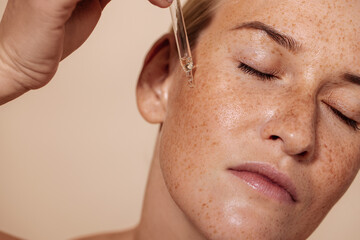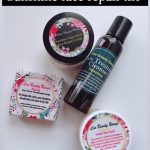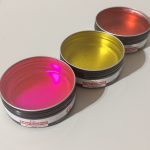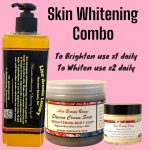
Differences Between AHAs and BHAs
AHAs and BHAs have varied qualities that make them appropriate for various skin types and issues, despite certain similarities between them. Choosing between AHAs and BHAs for your skin care regimen might be made easier if you are aware of these variations.
Skincare is a field that is constantly changing due to the frequent introduction of new components and products. Alpha Hydroxy Acids (AHAs) and Beta Hydroxy Acids (BHAs) are two of the many alternatives available for skin rejuvenation and maintenance that stand out because of how well they exfoliate the skin and encourage a healthier appearance.
Introduction to AHAs and BHAs

Fruits and milk are the sources of alpha hydroxy acids (AHAs), which are soluble in water. By breaking the connections that bind dead skin cells together, they are renowned for their capacity to exfoliate the skin and make removal simpler. In order to brighten the complexion, minimize fine wrinkles, and enhance skin texture, AHAs are frequently employed.
Conversely, oil-soluble acids known as beta hydroxy acids (BHAs) can enter the skin’s pores more deeply. Derived from willow bark, salicylic acid is the most prevalent BHA used in skin care products. Oily and acne-prone skin respond well to BHA treatments since they can reduce inflammation and exfoliate deep within the pores.
Chemical Structure and Solubility
Solubility is the main distinction between AHAs and BHAs. Because AHAs are soluble in water, they are an efficient exfoliant for the skin’s surface. Because of this, AHAs are fantastic for treating skin issues at the surface, such as dryness, uneven texture, and superficial hyperpigmentation.
BHAs, on the other hand, can enter the skin’s pores more deeply since they are oil-soluble. BHAs are great for treating oily skin and acne because of their deep penetration, which is essential for breaking down the combination of sebum and dead skin cells that can cause breakouts.
Key Benefits and Uses
AHAs are particularly beneficial for:
- Enhancing the smoothness and texture of skin.
- Minimizing the visibility of wrinkles and fine lines.
- Skin tone evenness and fading of pigmentation.
- Because some AHAs have humectant qualities, they can hydrate the skin.
BHAs are particularly beneficial for:
- Excellent reduction of blackheads and whiteheads by deep pore cleaning.
- Managing acne by reducing oil production.
- Reducing inflammation and redness, which is advantageous for skin that is sensitive and prone to redness.
- Having qualities that are antibacterial and aid in the treatment of acne.
Ideal Candidates for Each Acid Type
Although most skin types can safely use AHAs and BHAs, some skin issues are better suited for their unique qualities.
The ideal candidates for AHAs are those with dry, rough, and sun-damaged skin. They are also appropriate for people who want to address hyperpigmentation or ageing indications. To reduce irritation, those with sensitive skin might need to start with lower dosages.
For people with oily, acne-prone skin, BHAs are the recommended option. They are quite good in minimizing breakouts and regulating sebum production because of their deep pore penetration.
BHAs are especially good for those with sensitive skin because they have anti-inflammatory qualities and are often less irritating than AHAs.
Is It Safe Combining AHAs and BHAs?
Some people find that including both AHAs and BHAs in their skin care regimen can provide complete skin benefits. A broader spectrum of skin issues, from deep-seated acne and oiliness to surface-level texture and tone, can be addressed by combining these acids. To avoid over-exfoliation and irritation, it’s crucial to apply each acid gently and to keep an eye on the skin’s reaction.
Conclusion
Because of their different chemical characteristics, AHAs and BHAs are potent substances in the skin care industry, each providing special benefits. AHAs are great at treating issues with dryness and uneven texture on the skin’s surface, but BHAs are unrivalled in their capacity to treat acne and oily skin disorders by penetrating the skin more deeply.
You can choose the appropriate products for your skin care routine and attain the ideal skin health and appearance by being aware of the variations between these acids.
The decision between AHAs and BHAs is based on your goals, concerns, and particular skin type. Recall that utilizing the proper components consistently and correctly is just as important to good skin care as choosing them. Always think about patch testing new products and seeing a dermatologist to customize a routine that works for your specific skin type.
Check here to order hair moisturizers and growth cream.



